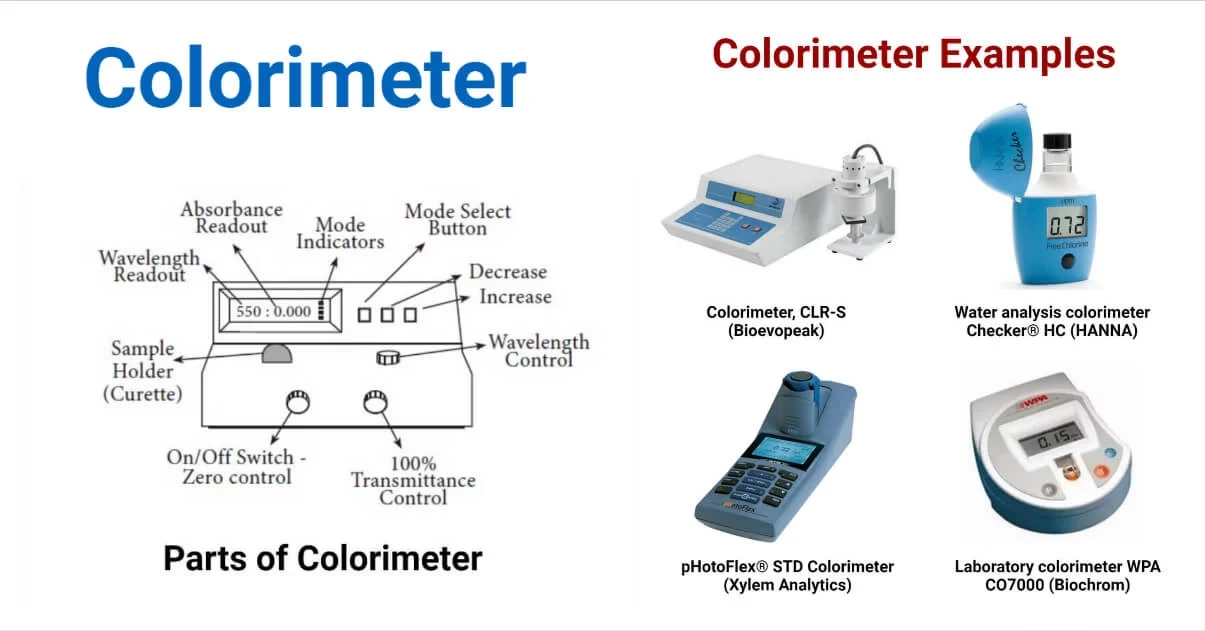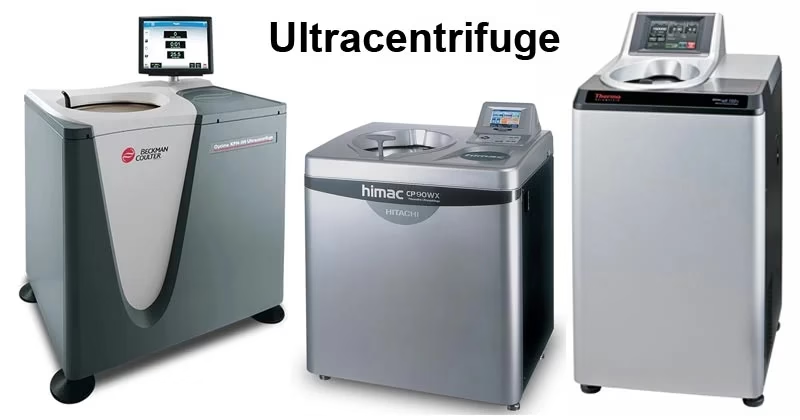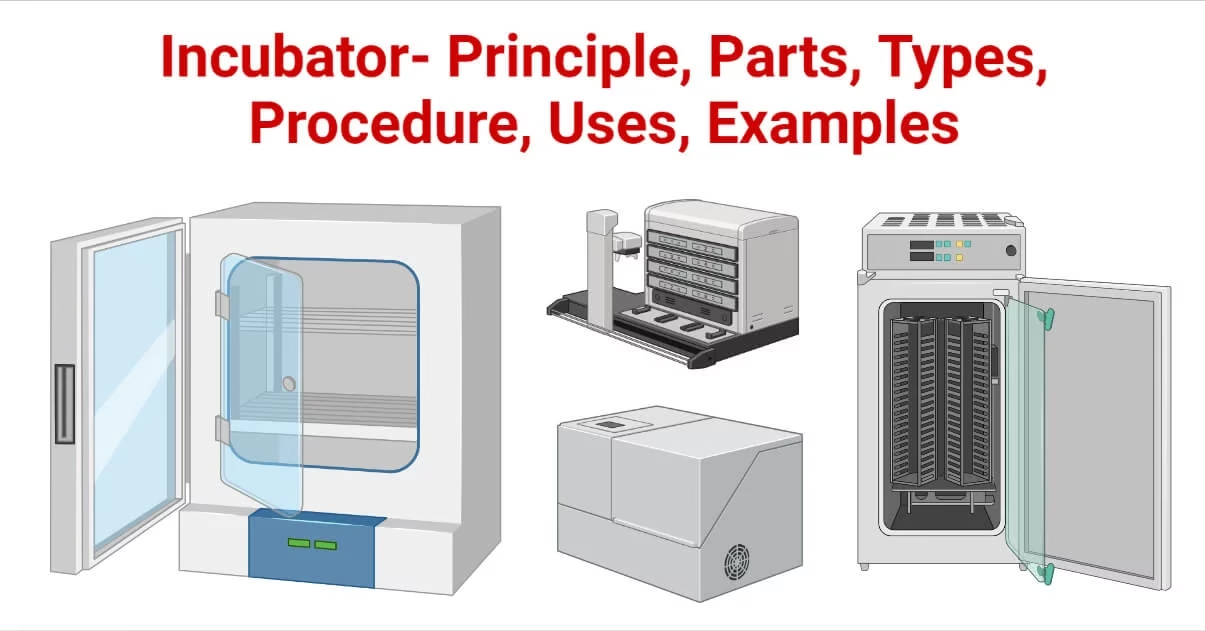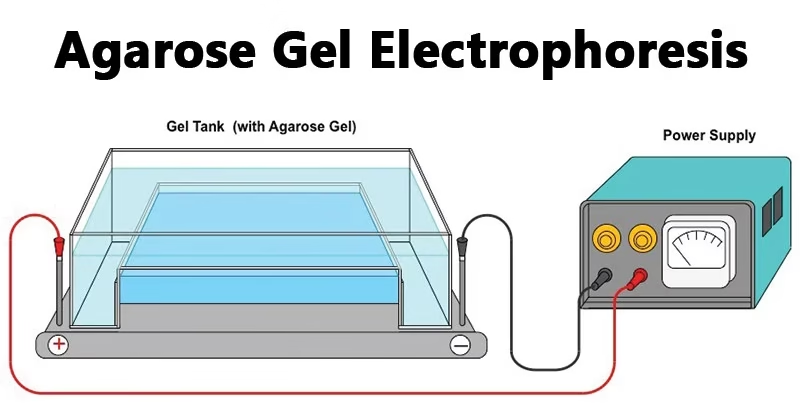Vortex Mixer – Definition, Principle, Parts, Types, Working, Applications, Advantages & Precautions
A vortex mixer (also called vortexer) is a small, simple, yet very useful laboratory device designed for mixing liquids quickly and efficiently. It works by creating a vortex (whirlpool-like motion) in the liquid, which ensures thorough mixing of contents.









